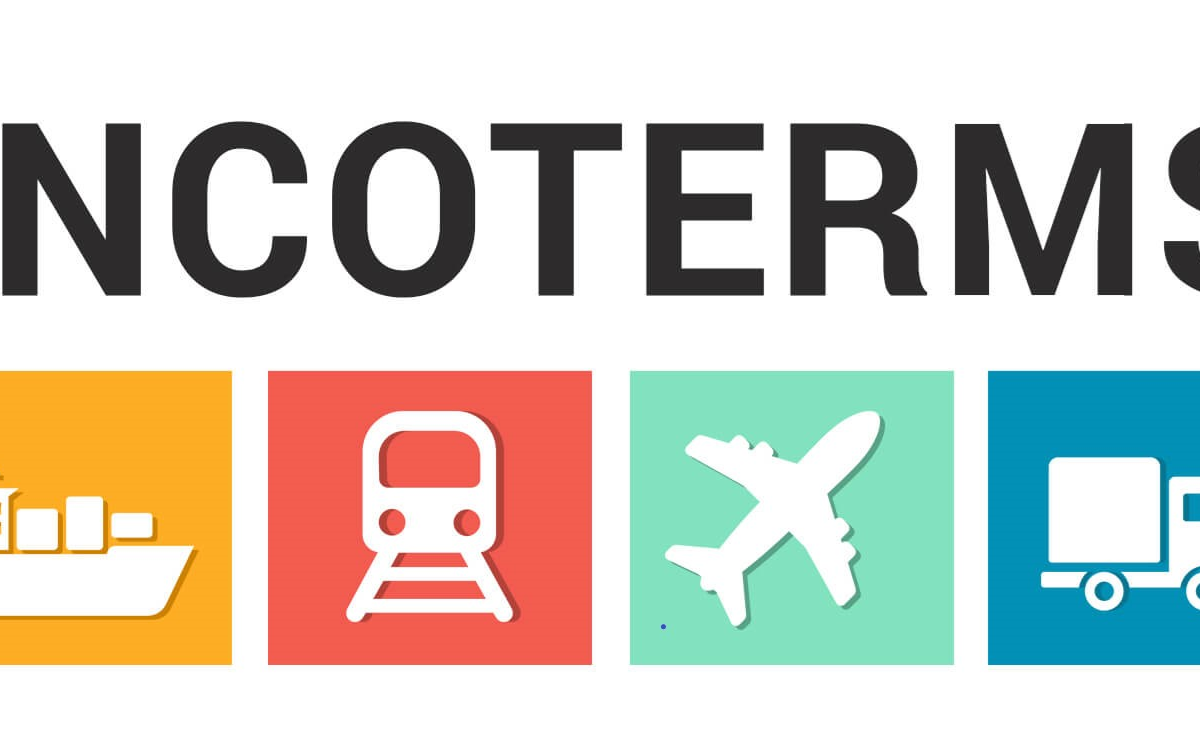October 8, 2025
The delicate equilibrium of the North American logistics landscape is facing a new, potent challenge. President Donald Trump’s confirmed plan to impose a 25% tariff on imported heavy- and medium-duty trucks, with an implementation date of November 1, introduces a seismic financial and operational risk. This tariff threat—stemming from a Section 232 national security investigation—converges with existing economic pressures, demanding immediate, strategic realignment from transportation and procurement leaders.
The Immediate Shock of the 25% Levy
The president’s announcement via a Monday social media post solidified the new timetable, pushing back the levies from a previously suggested start in early October. This 25% duty, while not yet accompanied by the official documentation seen for other newly announced duties (such as those on furniture and lumber), will immediately inflate the cost of vital capital equipment for the trucking industry.
The heavy-duty trucking sector, already battling a soft market marked by declining freight rates, now faces a steep, mandated increase in equipment procurement costs. This “cost-push” inflation on trucks—the very backbone of the U.S. supply chain—threatens to ripple throughout the economy, translating into higher shipping costs for everything from raw materials to consumer goods and ultimately impacting general economic stability.
A Fragile Supply Chain: Deep Dependence on North American Imports
The most critical vulnerability exposed by this tariff is the nation’s profound reliance on imported vehicles. The logistics and transportation sector cannot simply absorb this cost because there is no viable domestic alternative to bridge the supply gap.
- Geographic Concentration: Data highlights an extreme dependency on key trading partners: Mexico and Canada accounted for over 90% of U.S. truck imports last year.
- Volume Vulnerability: Experts, including Jason Miller, a professor of supply chain management at Michigan State University, estimate that imported trucks constitute between 42% and 50% of the total heavy-duty fleet operating domestically.
The simultaneous imposition of a 25% tariff on such a high-volume, mission-critical import creates an untenable situation. As Miller noted in a public comment, “Common sense then tells you there is no chance in the near-term for domestic output to handle all domestic demand.” The supply chain’s ability to absorb this shock is thus severely limited, ensuring that fleet managers will be forced to pay the elevated price for necessary equipment, or risk fleet stagnation.
Financial Instability from Unanswered Questions
Beyond the initial, steep cost hike, the announcement is shrouded in regulatory ambiguity, creating a layer of intense financial instability for purchasers. President Trump did not publicly clarify two crucial details that will define the ultimate financial risk:
- Tariff Stacking: Will the new 25% duty be stacked on top of existing tariffs or levies, potentially pushing the total import cost even higher?
- Trade Deal Integrity: How, if at all, will this action affect existing tariff deals and agreements with major economic partners, particularly the European Union and Japan?
This lack of clarity turns capital expenditure planning into a high-stakes guessing game, preventing companies from accurately forecasting the landed cost of a new truck purchase and effectively stalling investment decisions. Compounding this, the United Auto Workers (UAW) has publicly backed the Section 232 investigation, arguing that heavy truck imports have grown by over 40% since the onset of the North American Free Trade Agreement (NAFTA) with many OEMs producing trucks in Mexico. While the UAW sees this as a protective measure for domestic jobs, procurement professionals see it as an immediate and steep financial penalty that must be priced into every downstream logistics contract.
Navigating Operational and Financial Headwinds
The November 1 tariff deadline is more than a policy change; it is a catalyst for an operational and financial crisis. It necessitates a proactive and diversified response from the logistics community. The industry’s existing struggle with soft freight rates and high cost of capital is now dramatically exacerbated by the specter of a 25% equipment tax.
To weather this turbulence, supply chain leaders must immediately address several strategic imperatives:
- Stress-Test Financial Models: It is critical to recalculate the Total Cost of Ownership (TCO) for fleet assets, incorporating the 25% tariff and modeling potential stacking scenarios to understand the true financial hit.
- Expedite or Postpone Orders: Fleet managers are faced with a precarious race against the calendar to expedite existing orders before the November 1 deadline. Another option is to delay non-essential purchases into a period of expected market stabilization—a risky bet given the unpredictable regulatory climate.
- Explore Alternate Sourcing: While immediate substitution is impossible due to the sheer volume of imports, the tariff forces a long-term strategic pivot toward diversifying supply chains away from their current geographic dependencies.
This confluence of rising capital costs, regulatory fog, and market softness requires the supply chain sector to prioritize resilience and agility, transforming a short-term political action into a long-term strategic headache that will define the profitability of the trucking industry for years to come.



